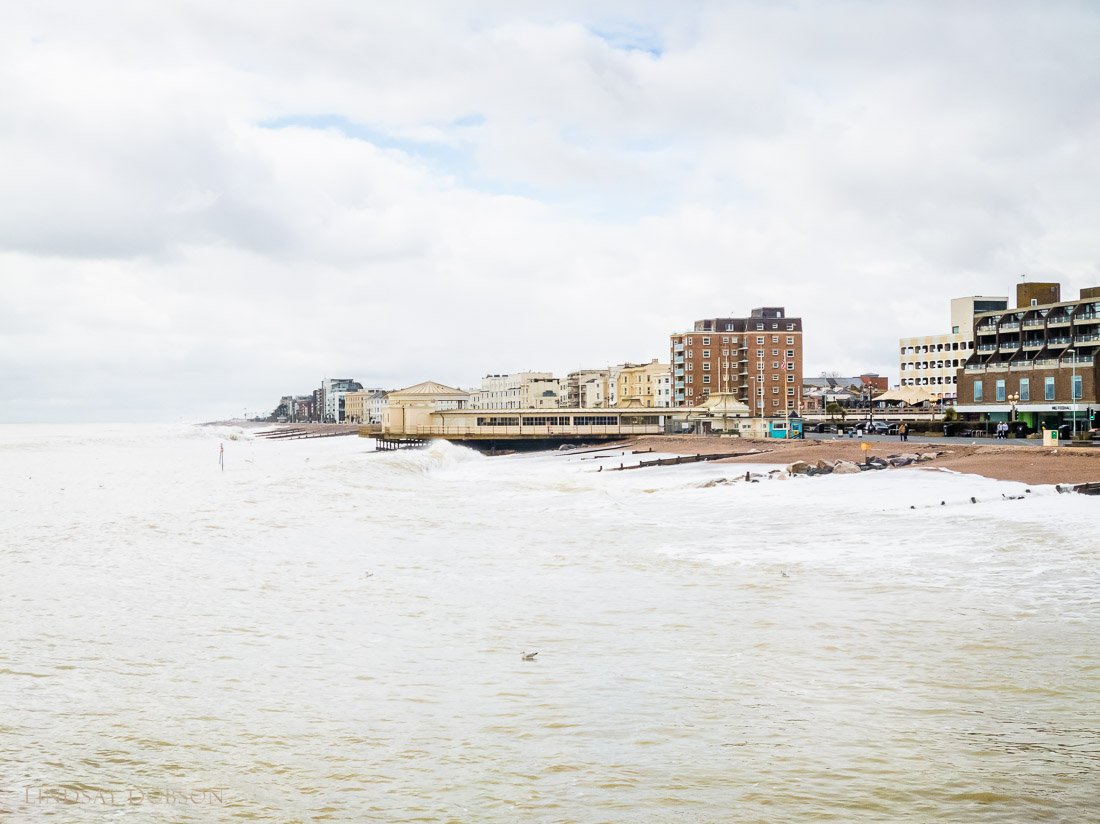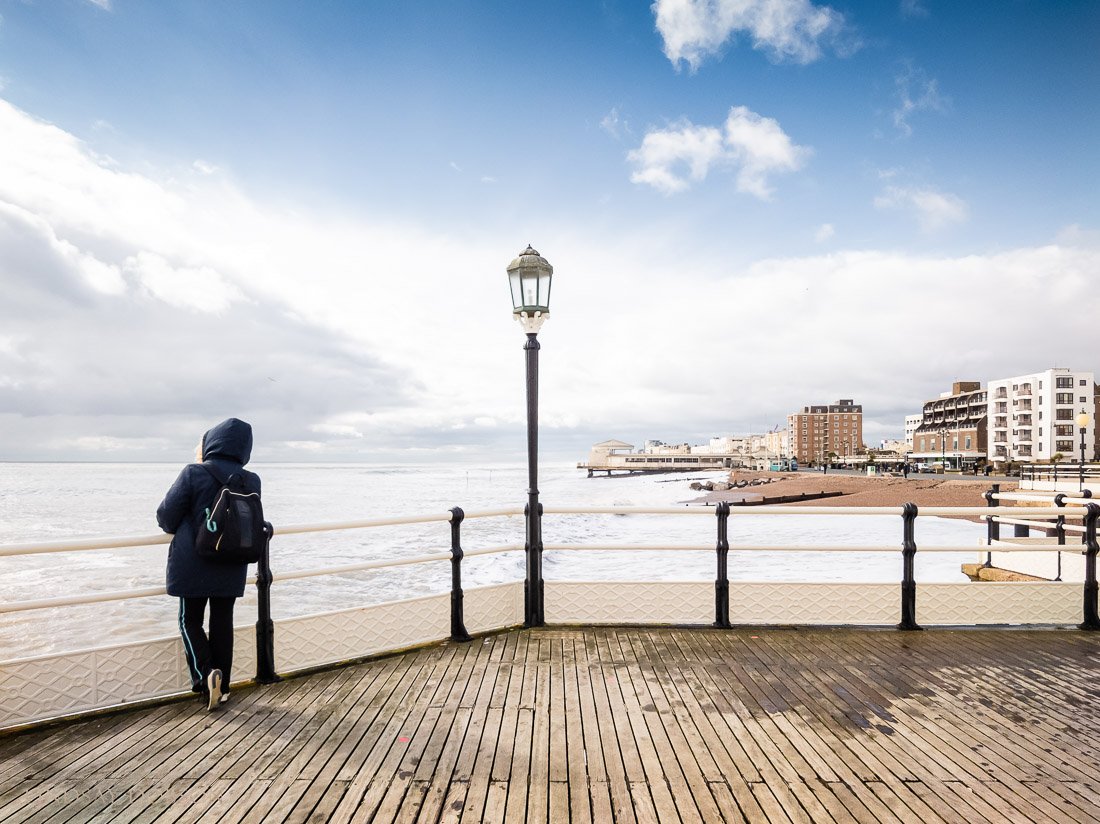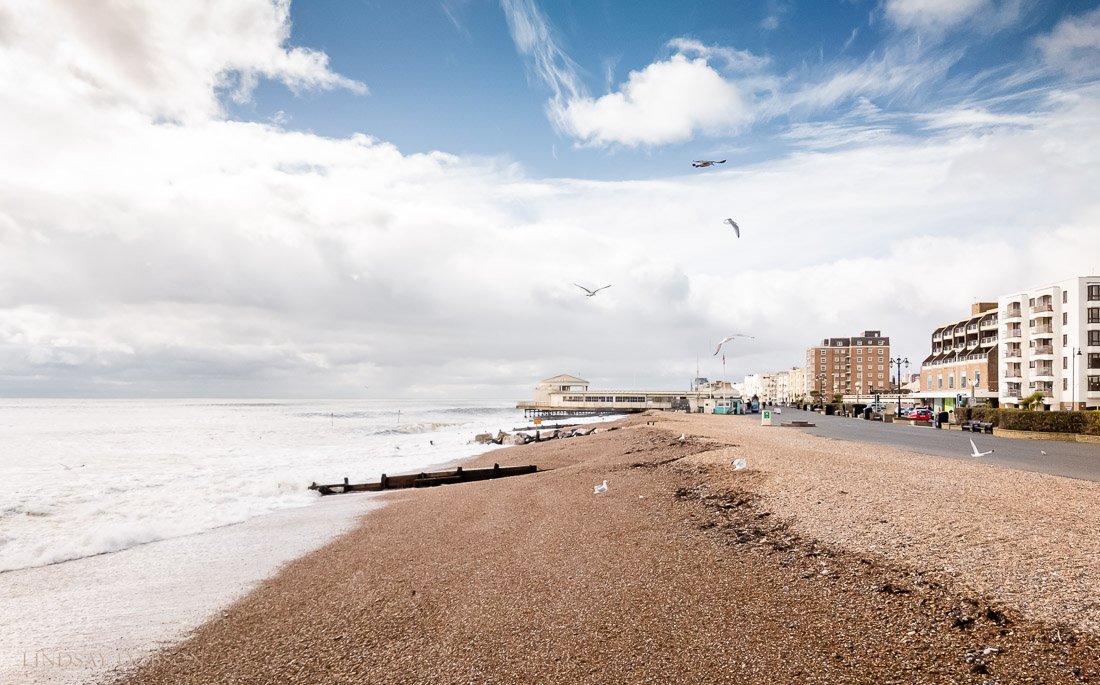Sony Xperia Pro-I | The Best Smartphone for Travel Photography?
A few months ago I finally upgraded my 11-year-old Samsung smartphone to a phone I hoped I would actually use. And use it I have, which was quite a surprise given that I’ve always been phone phobic. My new Sony Xperia Pro I was a carefully considered decision. Firstly, it would need to be useful rather than reluctantly pulled out once or twice a year due to necessity. Call me a loner all you like, but I can’t imagine anything worse than being constantly accessible. All too often calls and text messages seem unduly trivial and rarely have any point to them.
For me, my new smartphone needs to be more of a productivity device reducing the need for me to carry a separate camera and occasionally a tablet or small laptop. Nowadays most smartphone buyers will probably agree with that.
A Smartphone designed for Professionals and Photography Enthusiasts
The Xperia Pro-I isn’t aimed at mainstream smartphone consumers. In fact it’s squarely marketed towards imaging professionals, particularly those already invested in the Sony imaging ecosystem. I use Sony cameras for most of my professional work so the interface will be familiar. What makes the Pro-I so ‘pro’? There is a distinct lack of computational processing meaning the images are very natural, as they would be from a dedicated camera. There’s also a full range of manual controls and features similar to those found in the Sony Alpha lineup. Then there is the superb Sony autofocus system and dedicated videography apps. It really is like using a camera rather than a phone.
There are of course other smartphones with large sensors. But from what I’ve seen the images tend to be highly processed and the RAW files aren’t always ‘RAW’ enough. The imaging apps may not be aimed at a professional user who seeks ultimate control over their output. My Pro-I also came with a fairly unadulterated operating system. I never could stand the bloatware and unnecessary apps which many manufacturers bundle by default - and you can’t always get rid of them.
Much is made of the 1 inch sensor in the Xperia Pro-I, but that isn’t without a caveat. In order to maintain a reasonably sleek profile, the image circle only covers approximately 60% of the sensor. This means the effective sensor area is similar to some of its competitors. The depth of field is likely to be similar as well. However in my experience overall image quality is superior in the Pro-I. The pixels are large and the Zeiss lens (with its glass elements on the main camera) is fabulous edge to edge. The Pro-I also offers the option to close the aperture to f4, which can be useful when filming in bright light or photographing landscapes. There’s also the stunning 4K display, 4k 120p filming, excellent sound quality and a headphone jack.
There’s also a hefty amount of storage built in and the ability to add another terabyte via the SD slot. What’s not to like, you might ask. Well …… the price. But if this device gives you what you want or need then the price starts to feel easier to justify. I have to confess that having studied everything else on the market I have no regrets whatsoever. I bought my phone preowned, as I try to do with all of my gear.
Whilst noise levels and depth of field from the Pro-I’s cropped 1” sensor aren’t going to match that from a 1 inch sensor camera like the Sony RX100 line, the image quality will surpass the competition in my opinion. That’s assuming you’re a photographer rather than a layperson (who might prefer colourful punchy pictures which can virtually turn night into day).
I do have the odd gripe though. On a hot summer day I did experience overheating – snapping away in full sun was a short lived exercise. That isn’t unique to Sony of course - the more powerful the device the more likely it is to get hot. Another thing I’d like to see are picture profiles for JPEG shooters.
Sony Xperia Pro I for Landscape and Travel Photography
As with anything, the proof is in the pudding. I thought I’d use this post to show some of the images I would typically take when I’m out and about. These are images anybody can confidently take with their smartphone.
I’ve specifically chosen one of my favourite recreational photography locations - my local beach at Worthing on England’s south coast. Over the years I’ve spent more hours than I can count enjoying this locality whenever I need to destress, test a new camera or lens, or recover from something. As things stand I have more stress than I would like, so a rare hour on and around Worthing pier turned into a field review for my Sony Xperia Pro-I.
It was a bitterly cold day and at times the light was dull, flat and overcast. I used a small amount of exposure compensation (a third of a stop) rather than my usual choice of 2/3 to one stop when using a large sensor camera. I switched between the main camera (which has the 1 inch sensor) and the telephoto camera. The latter has a smaller sensor and smaller lens, so the image quality isn’t quite as good.
I shoot RAW so I can avoid the strong sharpening even the Pro-I applies to its JPEGs (although less so than its competitors). When shooting with a small sensor device I find that the RAW files almost always need more sharpening and contrast - and often a bit more vibrance and saturation.
The Importance of Dynamic Range
It’s really important to understand the differences between small sensors and large sensors. Most of you will already know that the larger the sensor the shallower the depth of field at any given aperture value. You’ll also know that the larger the sensor the lower the noise will usually be at a given ISO value. Often discussions about sensor size will end there, but there’s a bit more to it.
There’s also sensor resolution. The Xperia Pro-I produces 12 megapixel files. The smaller the sensor the more cautious any camera manufacturer will need to be with respect to megapixels. The more pixels you cram onto a sensor, the smaller those pixels will be, and higher levels of image noise are usually the result. It’s easy to forget that smaller pixels will also mean lower dynamic range.
The smaller the sensor (particularly with a high pixel count) the less dynamic range you’ll have. Dynamic range is expressed as a numeric value and in simple terms it’s the ratio between the brightest and darkest parts of the scene. Dynamic range is commonly expressed as ‘stops’. Dynamic range is directly linked to a sensor’s noise floor. In turn, the amount of dynamic range your camera’s sensor can capture will depend on the ISO value. As ISO increases, dynamic range drops.
What does dynamic range mean in the real world? This will depend on the kind of scene you’re photographing. Some scenes contain a wide range of tones from very bright areas through to the deepest shadows. How will your chosen camera capture all of those tonal values without highlights clipping and dark areas losing detail? Once highlights are blown and shadows are blocked, detail can no longer be recovered from them. In other words small sensors won’t always capture the tonal information we might want them to. The result can be photographs which appear ‘gritty’ and less smooth in tonality than their large sensor counterparts.
We can help to mitigate the lower dynamic range of small sensors by exposing carefully. When taking pictures with my phone or a 1 inch sensor camera, I’ll expose for the highlights. This usually allows me to lift enough detail from the shadows later on when I process the RAW files. Note I say RAW files. Lifting shadows won’t work particularly well if you’re a JPEG shooter.
Conventional wisdom will often advise you to expose to the right (slightly overexposing your photograph) but that depends on the kind of scene before you and the camera you’re using. It isn’t something I would advise for smartphone photography.
I will say that the RAW files from the Sony Xperia Pro-I are very nice to work with, and I had no problems recovering highlight areas.
I’ve used more cameras than I can count on my beach photography excursions over the years. Everything from cameras with 1 inch sensors through to full frame cameras. This can dictate what I then do with the photographs - for example how large I feel I can print them for an optimal result. The 12 megapixel files from my Xperia Pro-I print beautifully and I wouldn’t hesitate to fill a photo album with them. In optimal conditions a 24 inch print will look great as well. But there’s no doubt however that the RAW files from my Sony ZV-1 are more versatile. The full size of the 20 megapixel sensor is being used, the lens is top notch, and there’s more detail in the images. But as smartphones go, I think the Xperia Pro-I is very impressive indeed.
Is this phone a substitute for a compact camera? In many situations it is, and in many situations you would never know the difference between images taken with this phone and a good quality compact camera. Those differences would start to become more evident with pixel peeping and printing at large sizes – but probably only to a trained eye. My phone is a great everyday imaging device, as these photographs can testify. But if I’m embarking on a dedicated photo walk I prefer my ZV-1 or A7C.
If you want to see some comparisons there are some side-by-side shots on this blog post – Sony Xperia Pro-I vs Compact Camera and Xperia Pro-I Real World Image Comparisons

















